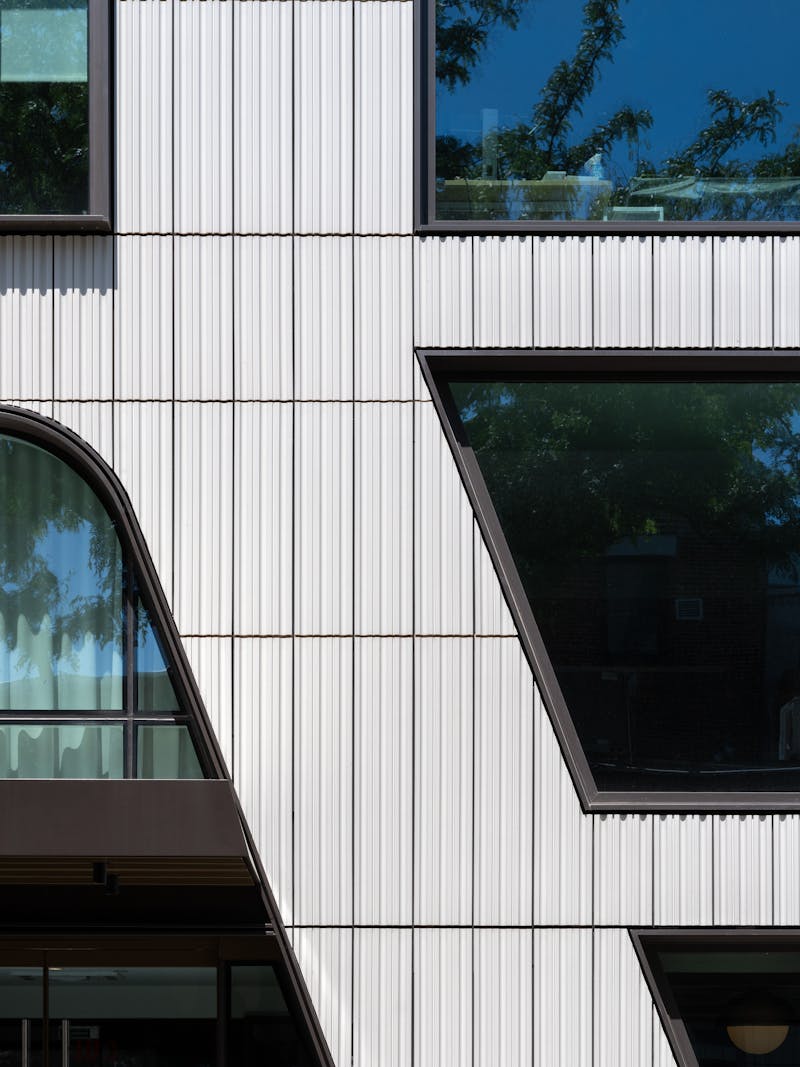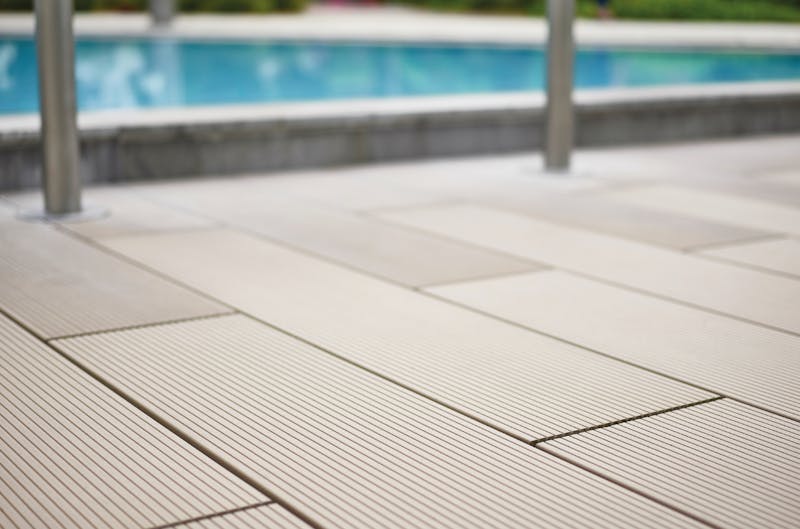Architectural Terracotta Design Trends: What's Hot In The Industry

- Blog
- 11/04/2024
- Shildan Group
Blog post by Shildan Group
Introduction
Terracotta, a material with deep historical roots, has been a favorite of architects and designers for centuries. Its rich tradition and timeless appeal have made it a staple in architecture, from ancient structures to iconic urban facades.
Over time, terracotta has evolved to meet the changing demands of aesthetics, functionality, and sustainability. It continues to adapt, proving its relevance in modern architecture and urban design. Today, it’s celebrated not only for its beauty but also for its versatility and durability.
In this era of innovation, terracotta panels are capturing the attention of design-conscious professionals. With a focus on sustainability and creative expression, architects are finding new ways to use this classic material to create striking, contemporary facades that honor its historic legacy.
Annie Arundel Community College: SmithGroup | Photo: Sinziana Velicescu
171 North 1st Street: Fogarty Finger | Photo: Sinziana Velicescu
125 Barclay: Switzer Architects | Photo: Sinziana Velicescu
Los Angeles Mission College Performance Media Arts: QDG Architecture | Photo: Sinziana Velicescu
Stockton University John F Scarpa Academic Building: Sosh Architects | Photo: Sinziana Velicescu
- Download Image

- Download Image

- Download Image

- Download Image

- Download Image

The Rebirth of Tradition
The use of terracotta goes back to ancient times. Today's Designers want to revive this rich past by infusing contemporary designs with heritage elements. This trend breathes new life into traditional terracotta while paying homage to styles that defined building aesthetics throughout history.
Embracing the old and giving it a fresh coat of modernity, architects are now juxtaposing terracotta's earthy look and texture with cutting-edge design concepts, creating a harmonious blend of eras.
Organic Forms and Flowing Structures
No longer confined to rigid shapes and monolithic designs, today's terracotta structures display organic and flowing lines, curves, and undulating surfaces. Architects are pushing the boundaries of terracotta's versatility, resulting in designs resembling natural forms or abstract artistry. This dynamic interplay of lines and shapes allows architects to translate complex forms into tangible realizations using terracotta.
These organic forms and dynamic structures create a dialogue between the built environment and the natural world, softening their borders and fostering a sense of harmony and balance.
Embracing Colors, Patterns, and Textures
Terracotta's inherent earthy tones and textures have always been the highlight of its appeal. However, new trends are expanding the color palette, incorporating a diverse range of hues and finishes that pay tribute to terracotta's past and look forward to its future.
Architects and designers experiment with glazed and colored terracotta panels, accentuating their designs with colors that complement or contrast the classic terracotta shades. Including patterns, motifs, and reliefs add another layer of intrigue, opening a world of artistic expression with terracotta.
Maximizing Light and Transparency
One key trend in contemporary architecture is the increased emphasis on natural light and transparency. Architects are using terracotta to devise inventive solutions to foster daylight penetration and maximize transparency within buildings.
Innovative terracotta screen systems that create a pattern of small openings or perforations allow light to filter through, casting playful patterns of light and shadow while maintaining occupants' privacy. This delicate interplay of light, texture, and form adds an extraordinary depth to buildings' exteriors and interiors.
Sustainability and Energy Efficiency
As the world approaches sustainable and energy-efficient practices, terracotta's time-honored success as an insulating material is coming into the spotlight. Designers recognize that the thermal properties of terracotta cladding systems actively contribute to buildings' energy efficiency, helping maintain comfortable interiors while keeping energy costs low.
The ventilated facade system, which utilizes a back ventilated air cavity between the structure's primary wall and the terracotta cladding, offers increased insulation and improved cooling performance. This natural "chimney effect" and terracotta's inherent attributes signify a renewed commitment to sustainable design.
Integrative Design Approach
Today's terracotta trends showcase a holistic approach to architecture that considers the broad strokes of creative aspirations, functionality, and environmental stewardship. Architects who integrate terracotta into their designs work harmoniously with the location, blend with surrounding landscapes, and respond to local climates.
Terracotta's undeniable versatility, adaptive nature, and tried-and-tested robustness make it possible to create designs that stand out and blend in, resulting in timeless architecture that remains respectful of the environment and its cultural context.
Going Beyond the Building Envelope
Terracotta's applications are not restricted to building exteriors. The current trend demonstrates a growing interest in extending terracotta's use into interior design - from wall coverings and flooring to unique decorative elements, furnishings, and lighting fixtures. Designers are increasingly harnessing terracotta's warmth and earthiness to create interior spaces that evoke a sense of connection, comfort, and tranquility.
This seamless incorporation of terracotta in exterior and interior design is a testament to the material's enduring beauty, versatility, and timeless appeal.




